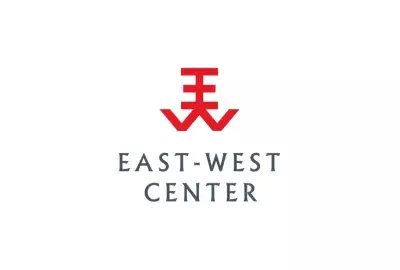Error message

This paper explores what we know about possible employment effects of the 10-year plan, issued by the State Council on May 19, 2015, entitled Made in China 2025. MIC2025 was designed to address China’s emerging labor shortage challenge. To achieve this goal, the plan seeks to boost labor productivity through an increased use of robots and through network-based upgrading of the entire industrial value chain and related services. How might the projected increase in labor productivity affect the creation and quality of jobs in China? Will China’s push into advanced manufacturing now move the country’s manufacturing employment closer to the pattern of “employment de-industrialization” observed in the US and other industrialized countries? How China will cope with the advanced manufacturing challenge for employment will have major implications not only for the US and other industrialized countries, but also for emerging economies and, most importantly for the majority of developing countries that are still struggling as latecomers to labor-intensive industrial manufacturing. The paper lays out objectives of the MIC 2025 plan and highlights a failure of Chinese policy makers to take into account employment effects and other labor market issues when they design their grand visions of industrial policy. The paper finds that until 2014, manufacturing has acted as an employment absorber in China. However new data on unemployment, labor force participation and income inequality signal that China may now be moving towards an “employment de-industrialization” pattern, unless enough knowledge-intensive service jobs will be created in China’s growing information economy. The paper concludes with implications for policy and further research.
This paper explores what we know about possible employment effects of the 10-year plan, issued by the State Council on May 19, 2015, entitled Made in China 2025. MIC2025 was designed to address China’s emerging labor shortage challenge. To achieve this goal, the plan seeks to boost labor productivity through an increased use of robots and through network-based upgrading of the entire industrial value chain and related services. How might the projected increase in labor productivity affect the creation and quality of jobs in China? Will China’s push into advanced manufacturing now move the country’s manufacturing employment closer to the pattern of “employment de-industrialization” observed in the US and other industrialized countries? How China will cope with the advanced manufacturing challenge for employment will have major implications not only for the US and other industrialized countries, but also for emerging economies and, most importantly for the majority of developing countries that are still struggling as latecomers to labor-intensive industrial manufacturing. The paper lays out objectives of the MIC 2025 plan and highlights a failure of Chinese policy makers to take into account employment effects and other labor market issues when they design their grand visions of industrial policy. The paper finds that until 2014, manufacturing has acted as an employment absorber in China. However new data on unemployment, labor force participation and income inequality signal that China may now be moving towards an “employment de-industrialization” pattern, unless enough knowledge-intensive service jobs will be created in China’s growing information economy. The paper concludes with implications for policy and further research.
East-West Center Working Papers: Innovation and Economic Growth Series






